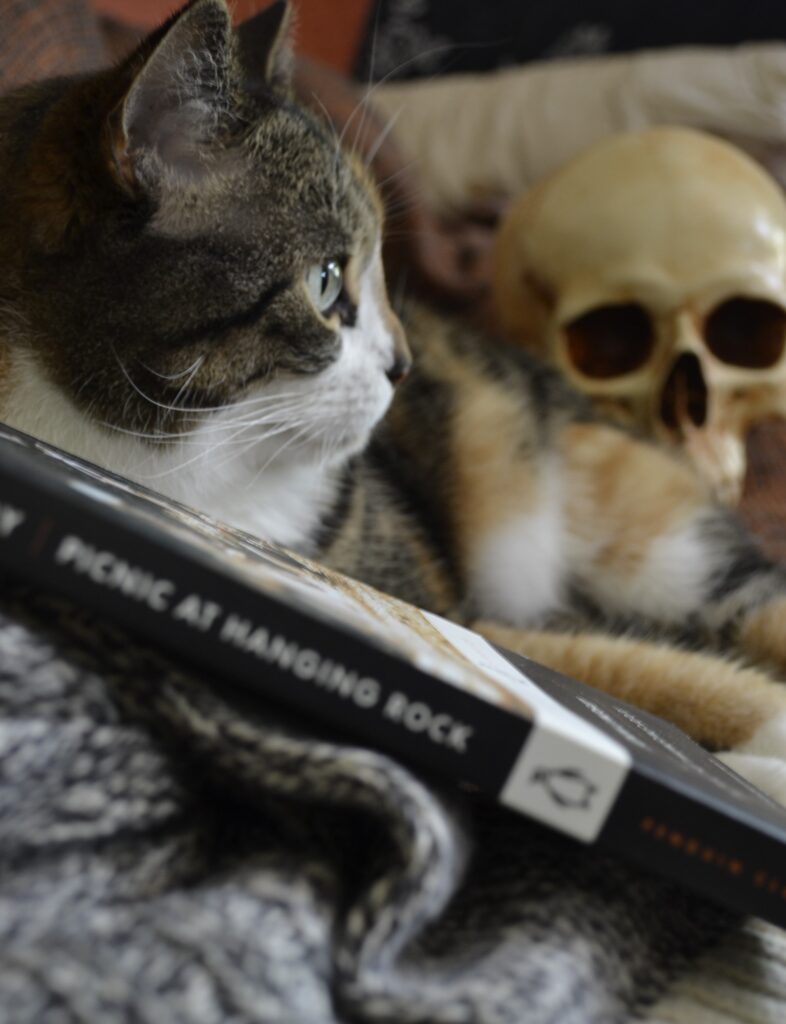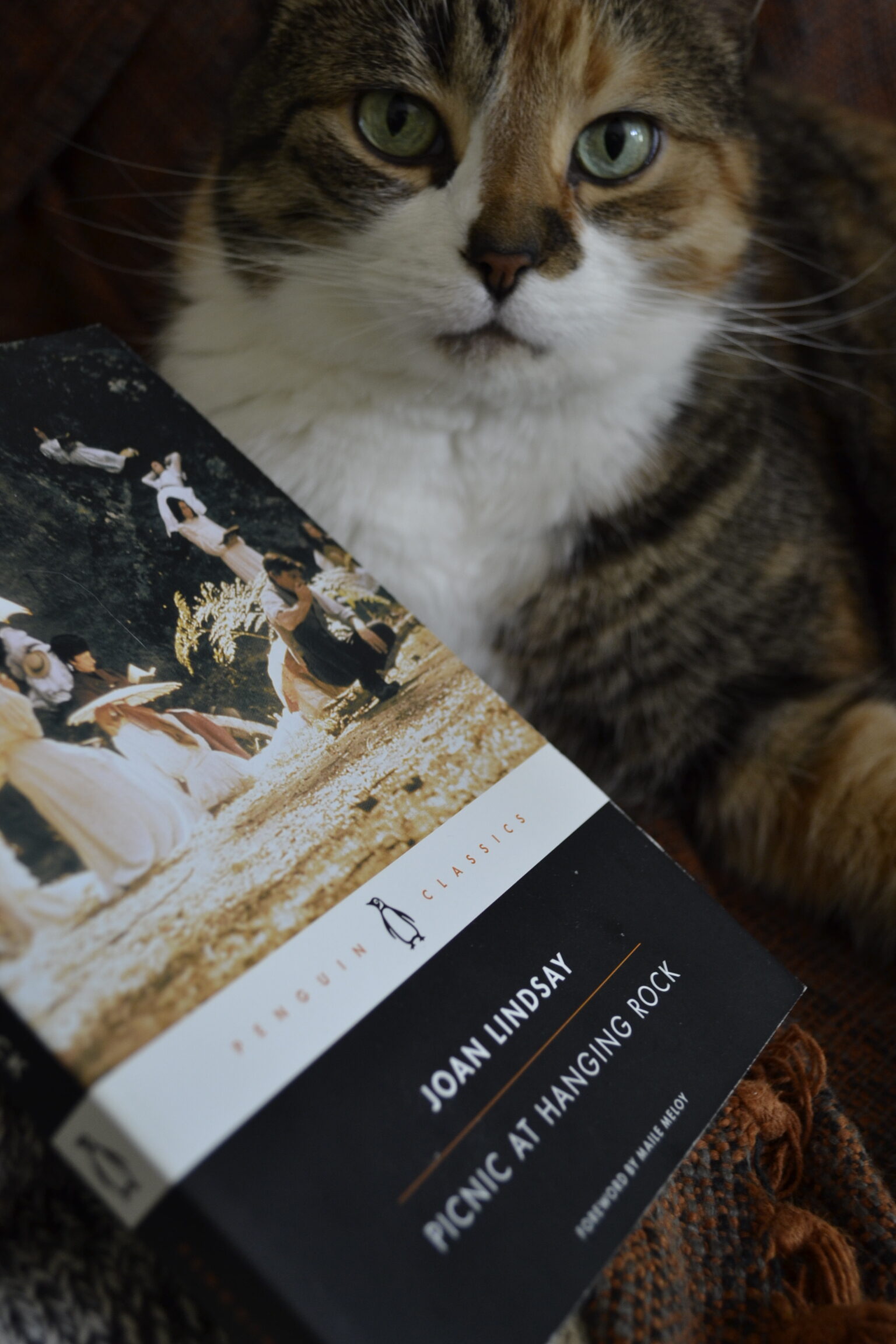AUGH-TOBER!
It’s August, which means it’s time to bring out the Halloween décor and make the house look full of fallen leaves and spooky good vibes. The business has been unbelievably busy, so I am really anticipating a bit of a break for a bit of premature fall fun. Nothing tanks my mood faster than losing all of the little magic moments of life to an unrelenting schedule, so I’ve been feeling a lot sadder than I want to feel.
While I know that pipe cleaner spiders and a spooky village won’t make all of the bad feelings go away, I’ve learned that it’s important to make an effort to do things that actively oppose the overwhelming sadness. Even my lovely spouse has been struggling with the blues, and worse than any sadness I experience is seeing her sad.
So it’s time to bring out the grinning jack-o-lantern. And it’s time for some spooky reviews!
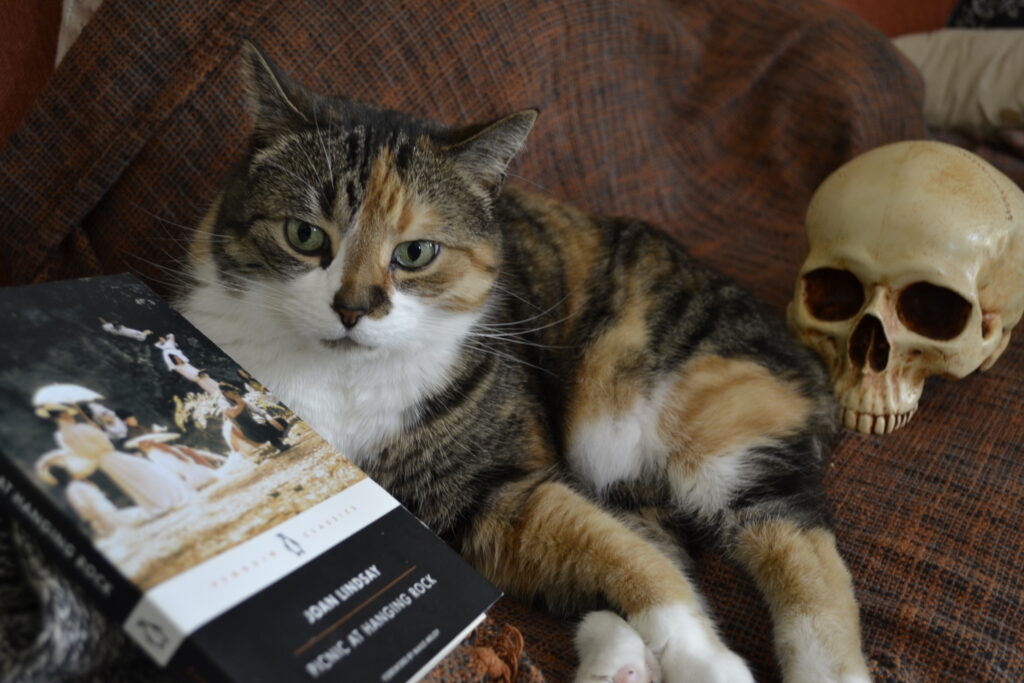
A Picnic Gone Awry
Joan Lindsay’s Picnic at Hanging Rock is sometimes aired on TCM during the spooky season, and it has a theme that is definitely mysterious. A group of girls from an illustrious boarding school go on a picnic and several of them, plus one of their instructors, do not come back. The novel is set up almost like a mystery narrative meeting a procedural, and follows various perspectives from the headmistress to the servant. The disappearances cause not only a scandal but the slow unravelling of the world that the girls knew and left behind.
This novel was made into a very famous film in 1975, which I would recommend checking out if you have the chance. It manages to very delicately preserve the complex interior atmosphere of the novel and has some excellent performances and cinematography.
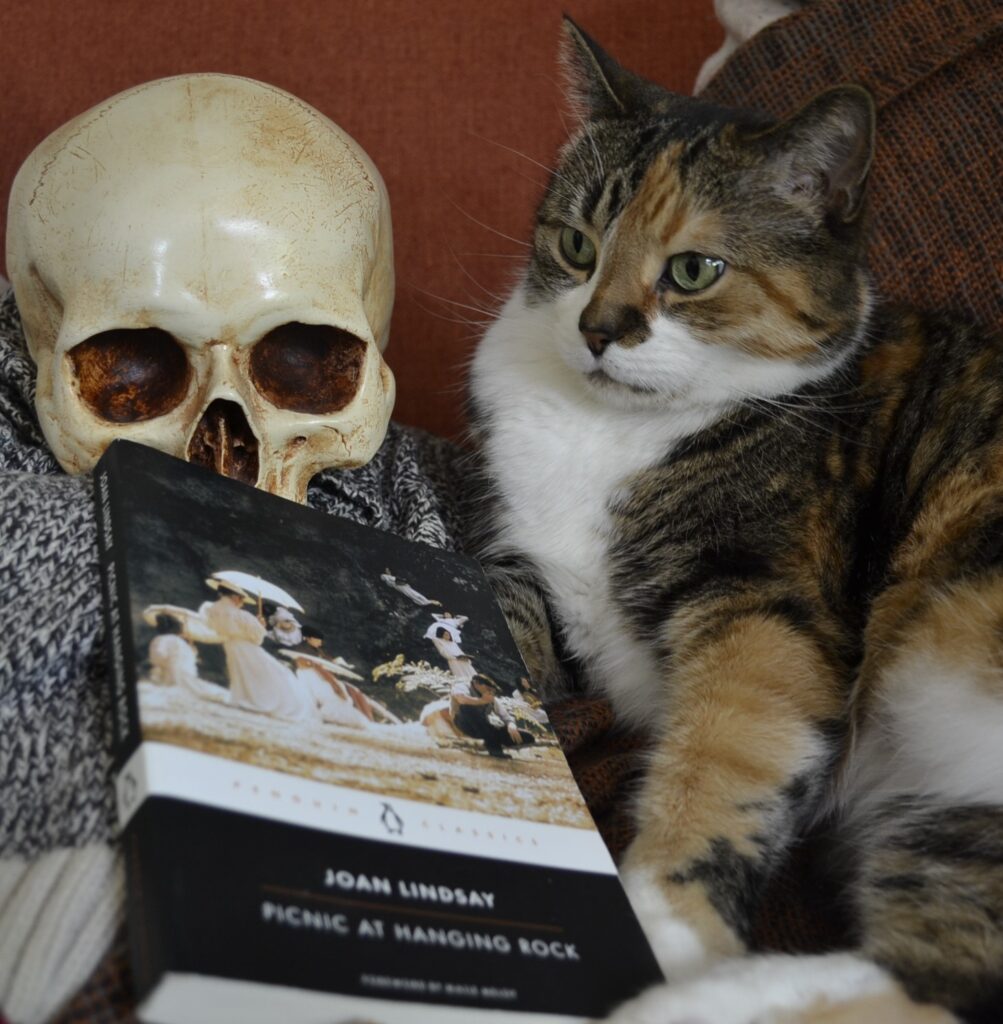
Is This Spooky?
I did say that the film is often aired in spooky season, but is it spooky? Well, yes and no. It is implied that something supernatural is behind it and there are some darker themes that are explored — including child abuse, suicide, and obsession. However, it falls a bit flat of the gothic narrative it seems to be striving for. Recently, dark academia has become a much-talked-about off-shoot of the spookier genres, and, tentatively, I would say that label more closely fits Picnic at Hanging Rock. However, that fit is far from perfect, and there is nothing wrong with Lindsay’s defiance of traditional categorization.
A word to the wise? Though this book comes complete with an unsatisfactory (intentionally unsatisfactory) ending, I would suggest letting it rest there. When I was doing research on the ending, I did find that Lindsay suggested one — but I’m not sure it’s the best one for the narrative (even though it is interesting) and I’m glad it didn’t actually make it into the definitive edition.
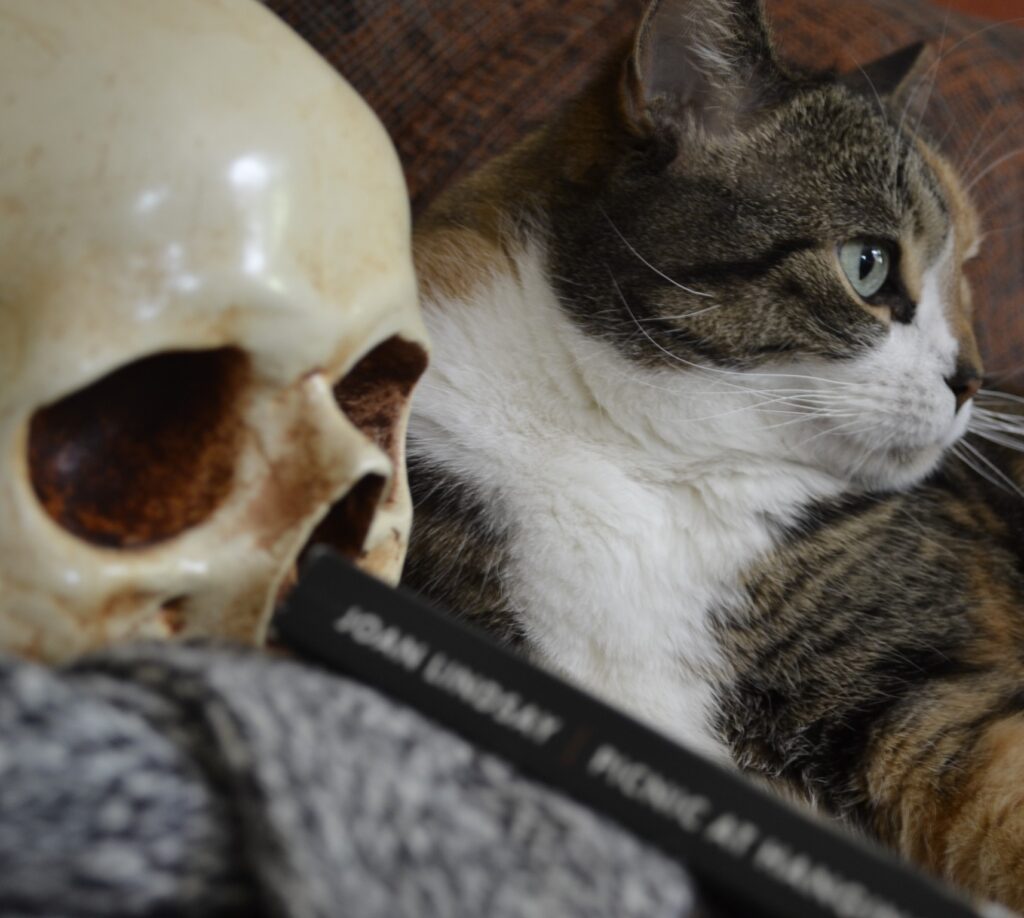
Is This Feminist?
This is a much more complicated question than ‘is it spooky?’. Lindsay is most assuredly making a statement about the insular nature of young women and girls’ lives at the point in history, and is doing so by writing of them as if they are ‘other’. As if being a girl on the cusp of womanhood is also being a different organism. An experience that is more like existing at the intersection of a spiritual and temporal plane instead of just coming of age.
Jeffrey Eugenides expands more on this idea in his 1993 novel The Virgin Suicides (which I reviewed here last year), and limits himself by his experience of being on the outside looking in as a male looking at female experience.
I will say that I found Eugenides more successful in using the technique, I think because Lindsay is not on the outside and therefore was writing simultaneously from experience and from an attempt to remain objective and distant from that experience.
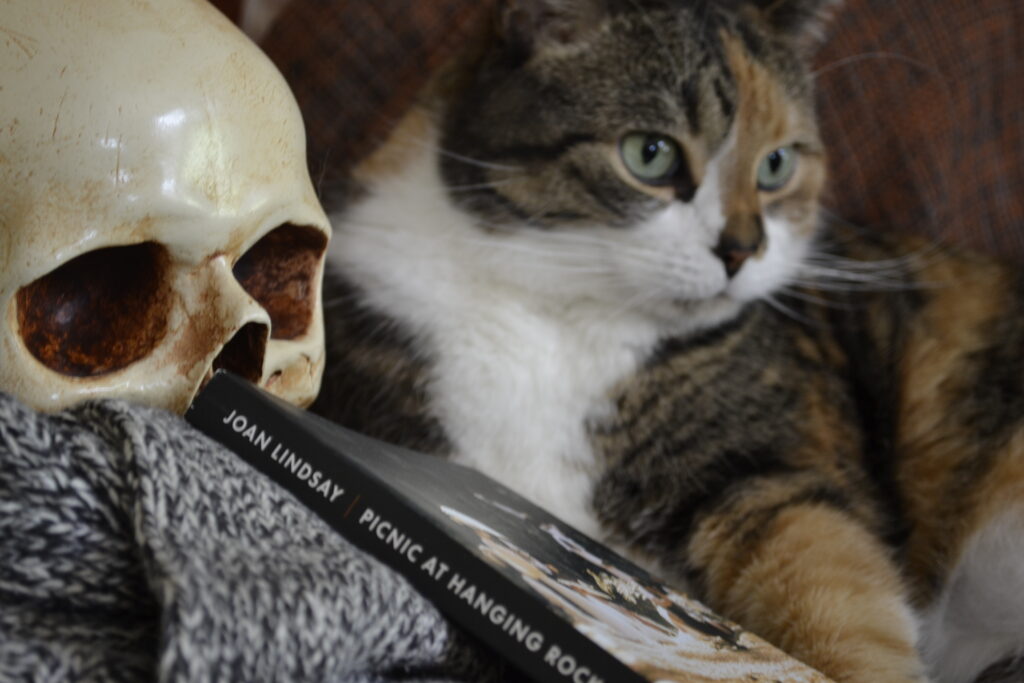
I also found that there was a bit too much of a focus on the young men involved in the story and there were points where that really stuck in my craw and went against the general grain of the narrative. There was no need to spend so much time expanding on them or developing their characters.
So, to answer the question? It’s a yes. But it’s a yes with some qualification, at least.
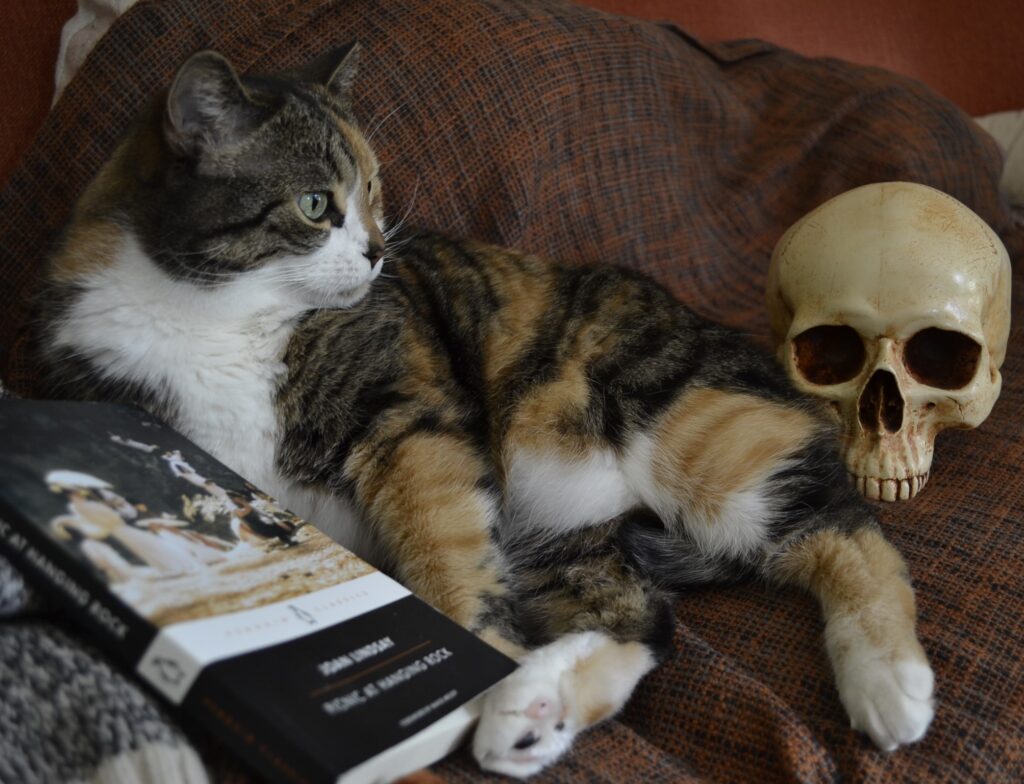
Outside Doesn’t Match Inside
We’re in the midst of another heat wave and I am counting the days until the cooler days of September. The squirrels are certainly enjoying the heat though. We have far too many of them right now, and it’s gotten to the point where it has finally interfered with garden management.
That means they are going on a bit of peanut diet until they can find another food source. It’s not going to be easy to see their little cute faces being disappointed with the lack of abundance, but I want to do my best to prepare them for winter and give my plants a bit of a break from being dug up and flung around every third day or so. The rosemary has been particularly victimized this year.
